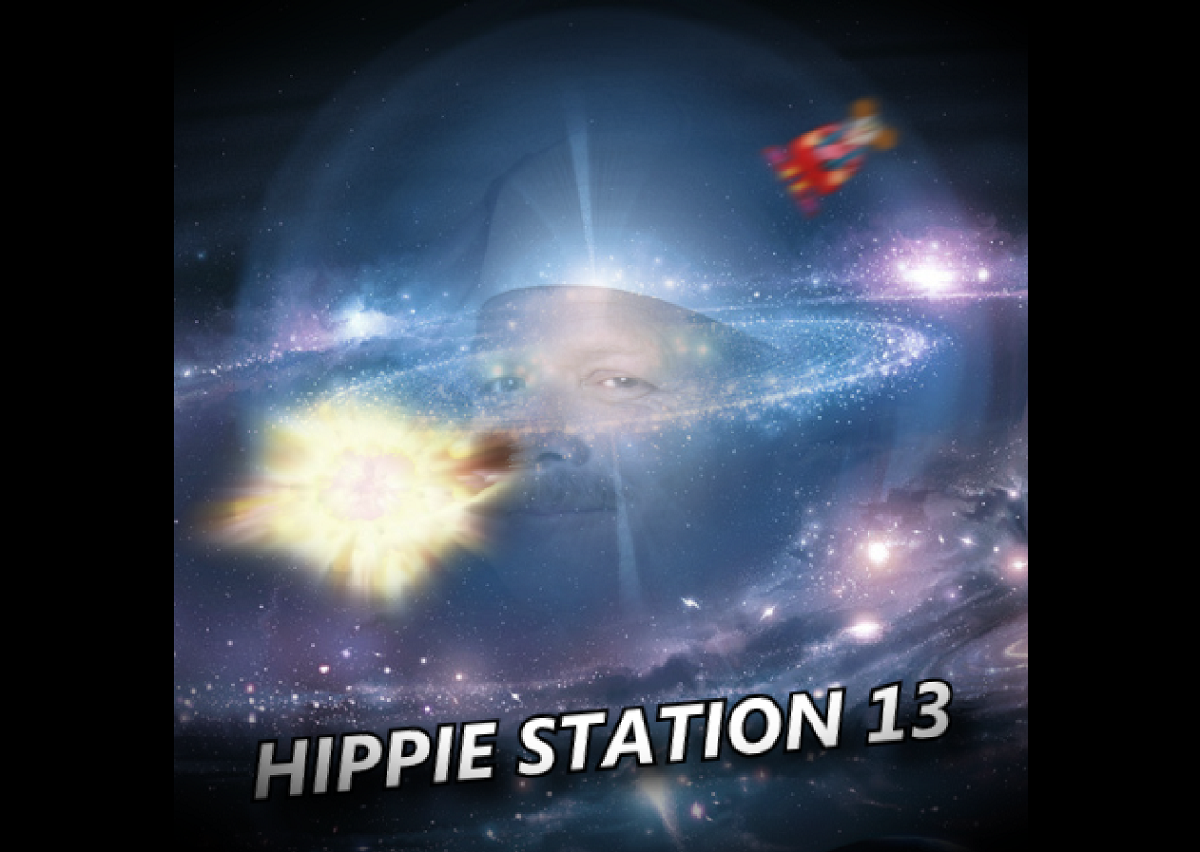Clutching your fire extinguisher close, you run down the escape hallway towards the docked emergency shuttle. The only light is that of your PDA, illuminating the broken, burned, and pried open flooring. Streaks of fresh blood running back and forth along it, the sound of gunfire rings out in the distance as you rush your way through the airlock and onto the shuttle doors. Dashing through, you see clowns. Hundreds of honking, blood-stained clowns. They immediately rush forward towards you, attacking you mercilessly and wounding you with wave after wave of strikes from their bike horns. Fleeing the shuttle’s main room into the cargo hold, they follow you, striking you again and again until you fall unconscious, wounded and dying.
Space Station 13 is a free-to-play top-down tile-based 2d multiplayer role playing game. It’s riddled with bugs, has a terrible UI, is difficult to grasp as a new player, has enough holes in its design to warrant a metaphor for Swiss cheese, and I love it. The game is made in BYOND, an engine that has technical limitations in the same way that Starbound has had a few development hiccups. But despite all of this, I can’t help but love it.
Clowns and mimes share the same breathing space as brooding noir detectives. Religious nutcases harp on about the destruction of the universe whilst wizards teleport about, looting and killing, the local black hole sucking him and every other living thing in its path. All to the sounds of Space Jam.
In Space Station 13, you play generic customizable spaceman number one. As does every other player. At the start of the game, you’re assigned a job based upon preferences you set, and spawn in at predetermined locations across the titular space station. You work for a company named NanoTrasen, your local dystopian space-faring company. Each job has their own duties such as ‘keep people from dying’ or ‘keep people from being eaten by the local black hole’.
The game’s backdrop is in a generic sci-fi universe 540 years in the future. Humanity has gradually expanded to encompass most of the known universe, fighting aliens and so on until a bunch of vaguely antagonistic folks blow up the only connections to Earth. Seeing as building a gateway back to the suffocating and dying planet would be very expensive, the companies out there fighting aliens and mining the local macguffin decide to say ‘Screw that!’ and stay right where they are. Admittedly, most of the plot is just fluff unless you play on a roleplaying server, and even then, most servers don’t pay much mind to it.
To spice this up, several players are randomly chosen to be traitors to the station, serving the local rival company, The Syndicate. This company is actually a conglomerate of companies named after jokes and sci-fi references, who dislike Nanotrasen due to the fact that they just to happen to compete with them. These traitors are tasked with objectives ranging from stealing a laser pointer to detonating the station with a nuclear bomb.
In order to achieve their goals, the traitors must rely on their wits and what precious few tools they can purchase to aid them. To aid this, the game has layered overlapping features to encourage creative play. Playstyles thus vary wildly. You can get that item that breaks open doors, bust in and gun down their target, swipe the item they were tasked with grabbing, and skitter away into a dark maintenance shaft, popping shots at those who follow. Or, you could grab yourself a screwdriver and wire cutters, jury rig the door open, down your target stealthily, grab what you need and stride out, none the wiser.
The game, due to its open-source development nature, is added to and created by fans. Originally, the code was stolen by a group of people who were attempting to create an atmospherics simulator, which was kept closed-source. That is, until it too was stolen, and decompiled into an open-source release of the game. From there, the history splits. Without going into too much detail, there are three notable code bases, and several derivatives. The notable ones ranging quite neatly into roleplay, a mix of roleplay and gameplay, and pure gameplay.
For what it is, though, it’s a damn fine game, if a little rough around the edges. It’s free, with no paid cosmetics and the like that haunt other free games. But be warned: You WILL lose many hours to it.

